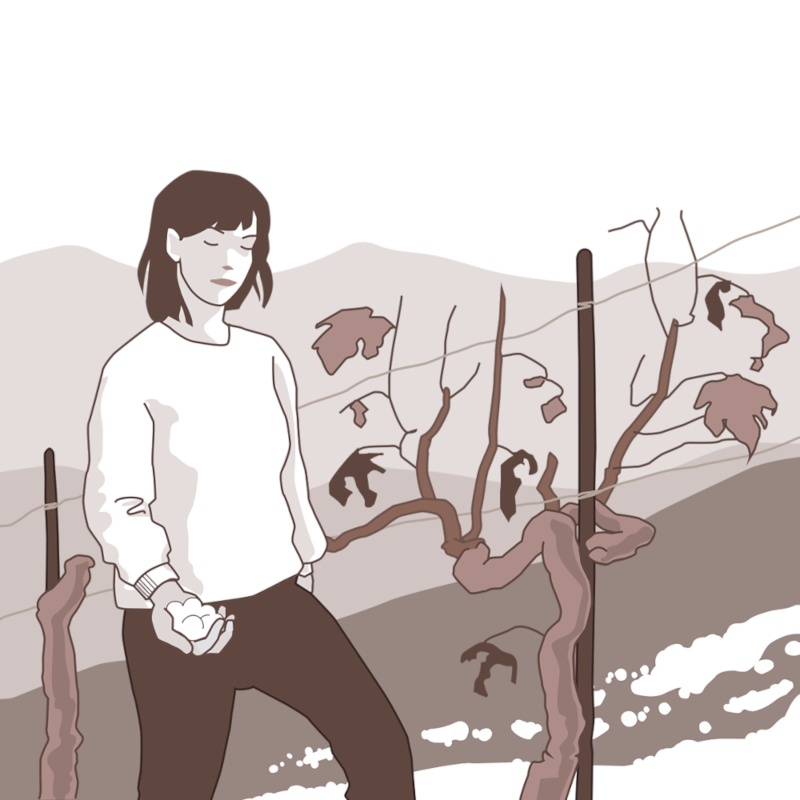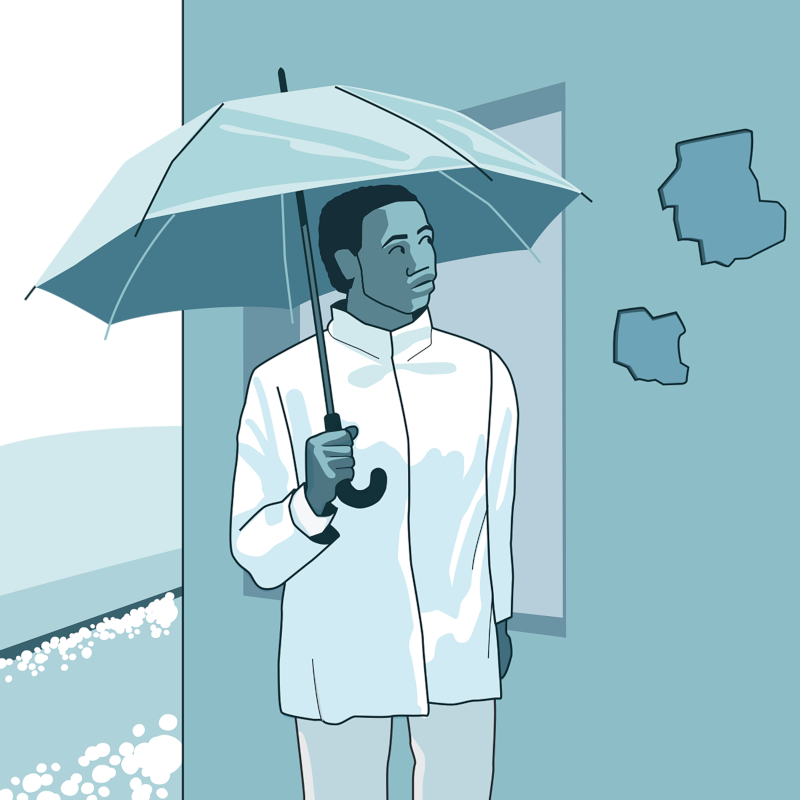Statements by the Project Partners
“Plants are particularly vulnerable to hailstorms. Spatial and temporal information on hail frequency indicates the regional hail hazard and can serve as a basis for decision-making on risk-reducing measures such as hail protection systems or insurance.”
Pascal Forrer
Director, Swiss Hail Insurance
“Hailstorms are one of the major causes of damage in agriculture. The new hail climate products show farmers how much their agricultural land is at risk.”
Bernard Belk
Vice Director, FOAG
“The processed hail data provide the insurance industry with new types of information that facilitate the determination of the risk of hail damage, especially to vehicles. The hail hazard maps are thus a valuable tool for raising awareness and improving advice, risk assessment, and risk-based pricing.”
Patric Deflorin
President, Non-Life Insurance Board of the SVV
“The new hail products complete the hazard basics. They help us to better assess the consequences of natural events such as hailstorms. With this knowledge, we can provide even better support in prevention than before.”
Antoine Magnollay
Deputy Head of the Natural Hazards Section, FOEN
“The new hail hazard maps represent the challenge of hail risk in a comprehensible visual form. In the case of cantonal building insurance, the largest share of damages from natural hazards over the last ten years has been due to hailstorms. This makes targeted and efficient preventative measures all the more important.”
Markus Feltscher
Member of the Board, APIRE
“A clear, convenient, and trustworthy assessment of the return period of natural hazards is important for the determination of proportionate protection goals in building standards, as well as for planners in practice. To the delight of the SIA, these assessments have been significantly improved through this partner project.”
Christoph Starck
Managing Director, SIA
“Detailed knowledge on the spatial occurrence of hail supports both risk analyses at the cantonal and regional levels and municipal operational planning. It complements the findings of the National Risk Analysis 2020, in which hail was identified as the fifth greatest natural risk in Switzerland.”
Stefan Brem
Head of Risk Analysis and Research Coordination, FOCP
“Modern weather and climate fundamentals make it possible to better counter the major threat posed by hailstorms. Our many years of measurements and analyses as well as modelling form the basis of the first official hail climatology.”
Christof Appenzeller
Head of Analysis and Forecast, MeteoSwiss
“Quality-checked measurement data are an indispensable prerequisite for climate analyses. The Swiss weather radar network provides unique area-wide hail information over the whole of Switzerland. The many hail reports from the MeteoSwiss-App and the point-by-point measurements from the 80 automatic hail sensors in the Napf region, southern Ticino and the Jura serve as a comparison on the ground.”
Bertrand Calpini
Head of Measurements and Data, MeteoSwiss









